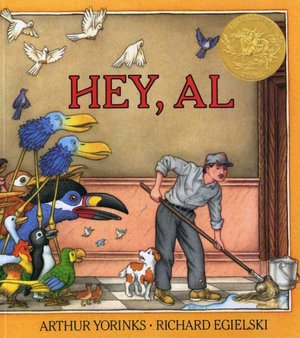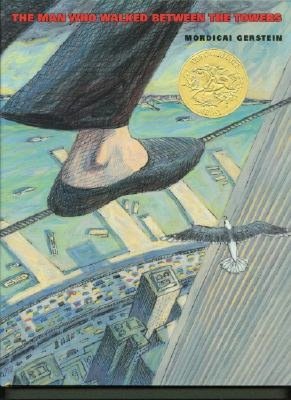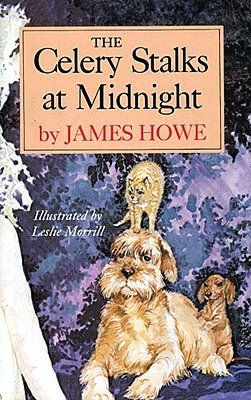 |
| Green, J. (2005). Looking for Alaska. New York, NY: Dutton Books. |
Looking for Alaska by John Green is a young adult fiction that is written from a sixteen-year-old boy’s point of view named Miles. Miles goes off to a private school for his junior year in high school. His roommate Chip, is poor and on a full scholarship due to his great intelligence and he can’t stand the rich preppy kids that are classmates. The two boys, a girl named Alaska, and several other students are always up to mischief, drinking, and smoking. Alaska attracts most boys around her, but she seems to be on a path of self-destruction.
The story is based on experiences the author, John Green, experienced as a student when he was in school. The book received the Michael Printz award for 2006.
My Impression:
The book tells of situations that many teens may face. Some may object to the frequent sexual reference, drinking, and pranks that are shares. The content is very typical of teenagers trying to make sense out of their life.Reviews:
Looking for Alaska
School Library Journal Reviews
Gr 9 Up Sixteen-year-old Miles Halter's adolescence has been one long nonevent–no challenge, no girls, no mischief, and no real friends. Seeking what Rabelais called the "Great Perhaps," he leaves Florida for a boarding school in Birmingham, AL. His roommate, Chip, is a dirt-poor genius scholarship student with a Napoleon complex who lives to one-up the school's rich preppies. Chip's best friend is Alaska Young, with whom Miles and every other male in her orbit falls instantly in love. She is literate, articulate, and beautiful, and she exhibits a reckless combination of adventurous and self-destructive behavior. She and Chip teach Miles to drink, smoke, and plot elaborate pranks. Alaska's story unfolds in all-night bull sessions, and the depth of her unhappiness becomes obvious. Green's dialogue is crisp, especially between Miles and Chip. His descriptions and Miles's inner monologues can be philosophically dense, but are well within the comprehension of sensitive teen readers. The chapters of the novel are headed by a number of days "before" and "after" what readers surmise is Alaska's suicide. These placeholders sustain the mood of possibility and foreboding, and the story moves methodically to its ambiguous climax. The language and sexual situations are aptly and realistically drawn, but sophisticated in nature. Miles's narration is alive with sweet, self-deprecating humor, and his obvious struggle to tell the story truthfully adds to his believability. Like Phineas in John Knowles's A Separate Peace (S & S, 1960), Green draws Alaska so lovingly, in self-loathing darkness as well as energetic light, that readers mourn her loss along with her friends.
Lewis, J., Jones, T. E., Toth, L., Charnizon, M., Grabarek, D., & Raben, D. (2005). Looking for Alaska. School Library Journal, 51(2), 136.
Looking for Alaska could be used in the library when exploring award winning books. The book received the Michael Printz award in 2006 for its excellent literary merit in young adult fiction.










